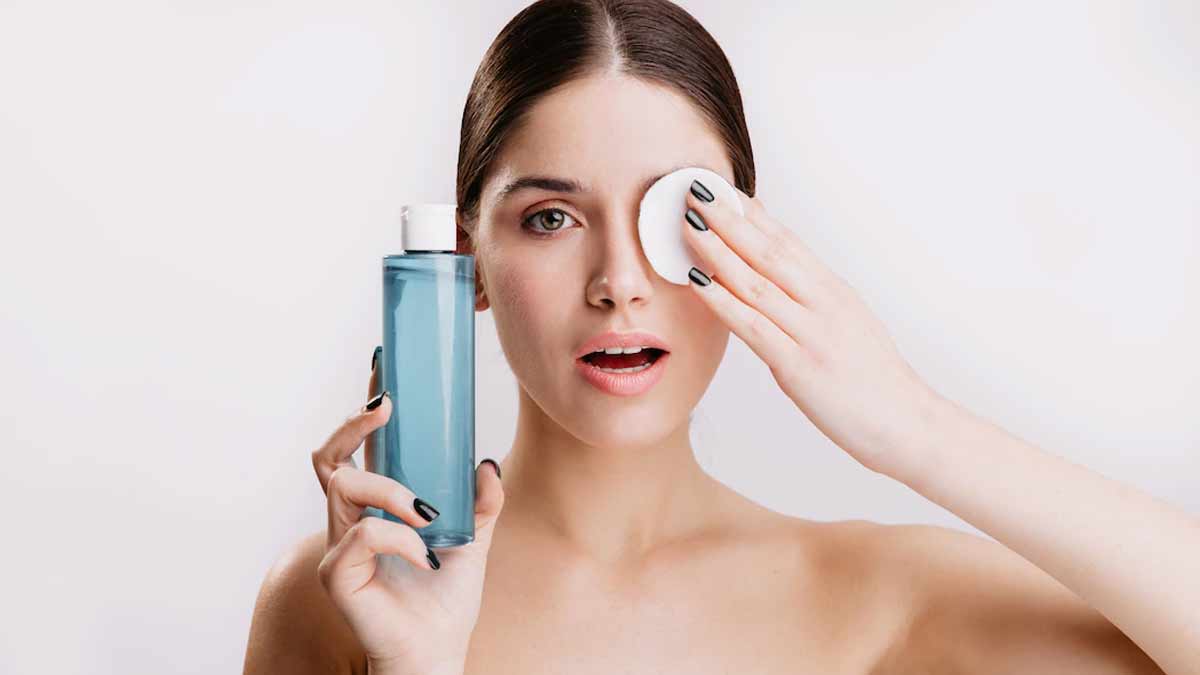The process of applying makeup can have a transformative effect, boosting our confidence and allowing for self-expression. However, it is equally important to prioritize makeup removal at the end of the day. Properly removing makeup and cleansing our skin are crucial steps in maintaining a healthy and vibrant complexion. Makeup has the potential to clog our pores, leading to various skin problems like acne and premature aging.
Additionally, the accumulation of pollutants and sebum on the skin can dull its appearance and hinder its natural rejuvenation processes. By effectively removing makeup and cleansing our skin, we not only prevent these issues but also create an optimal canvas for our skincare products to work their magic. This fundamental understanding forms the basis for a skincare routine that nourishes and revitalizes our skin.
Basics of Makeup Removal That You Should Know
Understanding the basics of makeup removal is key to maintaining a healthy skincare routine. Here are some crucial points to consider:
1. Type of Makeup Remover: Different makeup removers are designed for different types of makeup. Waterproof and long-wear makeup often require oil-based removers, while micellar water or cleansing lotions are suitable for non-waterproof and lighter makeup.
2. Gentle Approach: Always remove makeup gently to avoid unnecessary tugging and pulling on the skin, especially in delicate areas like the eyes.
3. Never Forget the Eyes and Lips: These areas often require specialized makeup removers due to the use of long-wear or waterproof makeup products.
4. Double Cleansing: Originating from Korea, this method involves using an oil-based cleanser to break down makeup, followed by a water-based cleanser to remove any leftover residue and cleanse the skin.
5. Cleansing Tools: Tools like cotton pads, facial sponges, or even motorized cleansing brushes can be effective in removing makeup, but they should be used gently to avoid irritating the skin.
6. Rinse Well: After using makeup remover, it’s essential to thoroughly rinse your face to ensure no product residue is left on the skin.
7. Follow-up with Skincare Routine: Makeup removal should always be followed by the rest of your skincare routine, including toner, serums, moisturizers, or night creams to nourish and restore the skin.
These steps underline the importance of correctly and gently removing makeup to maintain a fresh and healthy complexion.
The Risks of Skipping Makeup Removal
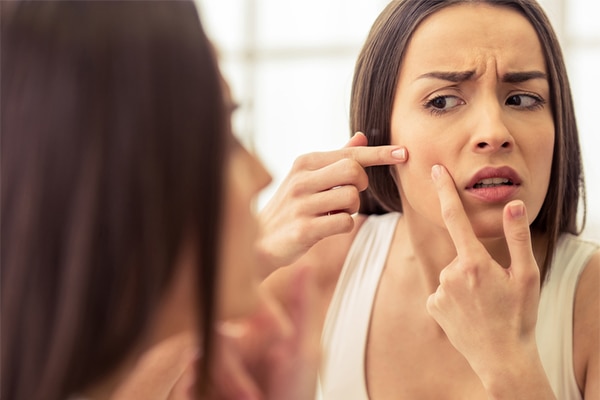
overlooking the essential step of thorough makeup removal might seem insignificant initially, but it can result in a host of skin issues in the long run. Here are some potential hazards connected to bypassing this critical skincare routine:
1. Clogged Pores: Makeup can trap dirt, oil, and environmental pollutants, leading to clogged pores. This can result in the development of blackheads, whiteheads, and acne breakouts, disrupting the overall texture and clarity of your skin.
2. Early Signs of Aging: Over time, the accumulation of makeup and pollutants can accelerate the aging process, leading to premature wrinkles and fine lines. This occurs because the buildup of debris can cause oxidative stress and degrade the skin’s collagen and elastin fibers, which are key to maintaining skin elasticity.
3. Dull Complexion: Leaving makeup on your skin can create a barrier that hinders the natural shedding of dead skin cells, leading to a dull and lifeless complexion.
4. Skin Irritation: Makeup residue, especially products with fragrances or irritants, can trigger inflammation, redness, and sensitivity when left on the skin overnight.
5. Impaired Skin Function: Your skin performs restorative functions while you sleep, like cell renewal and damage repair. Makeup residue can impede these processes, leading to overall poor skin health.
Skipping makeup removal is not worth the potential damage to your skin’s health and appearance. Taking a few minutes at the end of the day for proper makeup removal can pay dividends in maintaining your skin’s health and vitality.
Makeup Removal and Cleansing: A Two-Step Routine
Aiming for a glowing, healthy complexion involves more than simply taking off makeup. It’s about integrating makeup removal with a thorough cleansing regimen—a dual-step process that can significantly uplift your skin’s vitality and luminosity. Here’s how this approach unfolds:
1. Makeup Removal: The first step is geared towards eliminating the layer of cosmetics and surface debris on your skin. Opt for a dedicated makeup remover—be it micellar water, a cleansing oil, or a makeup removing balm. These are designed to break down stubborn, long-wear, and waterproof makeup which a typical cleanser might not wholly eliminate.
2. Deep Cleansing: Following makeup removal, the second step is deep cleansing. This step deals with any residual makeup, natural oils, and impurities that could linger on the skin. Choose a facial cleanser based on your skin type to aid this deep cleaning process. It can help unclog pores, control oil production, and maintain a balanced pH, leaving your skin refreshed and primed for the subsequent skincare products.
Implementing this two-step strategy of makeup removal followed by cleansing is a fundamental pillar in an effective skincare routine. This combined approach ensures the preservation of your skin’s health, cleanliness, and radiance.
Different Makeup Removal Methods
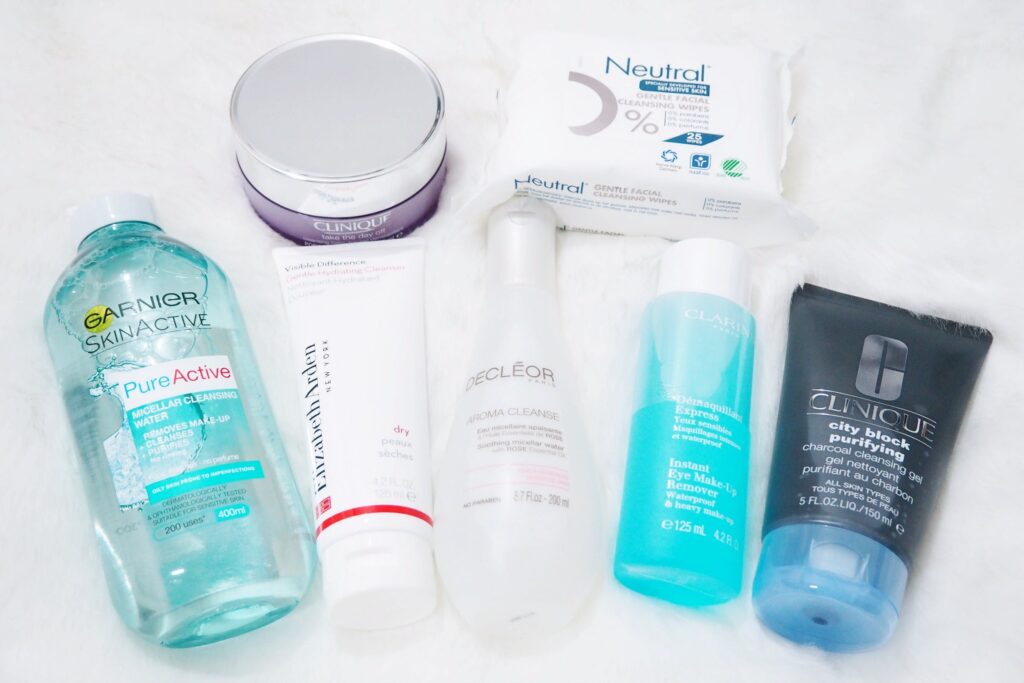
Understanding various makeup removal methods can help you find the right one for your skin type and lifestyle. Here’s a look at the different methods, ranging from wipes to cleansing oils:
1. Makeup Removing Wipes: These are handy, portable, and easy to use, especially when you’re on the go or need a quick makeup removal solution. However, they should be used sparingly as they may not remove all makeup and can be harsh on the skin.
2. Micellar Water: This is a gentle, hydrating cleanser that removes makeup and cleanses the skin without the need for rinsing. It’s great for sensitive skin types and for removing light makeup.
3. Cleansing Balms and Creams: These products melt onto the skin to dissolve makeup and impurities without stripping the skin’s natural oils. They’re ideal for dry and sensitive skin types.
4. Cleansing Oils: These work on the principle that oil attracts oil. They effectively dissolve all kinds of makeup, including waterproof and long-wear formulas, while leaving the skin hydrated.
5. Makeup Remover for Eyes and Lips: Given that these areas often have stubborn, waterproof makeup, specialized makeup removers are needed. These are usually oil-based and are gentle yet effective.
6. Double Cleansing: This method starts with an oil-based cleanser to remove makeup, followed by a water-based cleanser to clean the skin.
Remember, always choose a method that aligns with your skin type and makeup usage for an effective, skin-friendly makeup removal routine.
Choosing the Right Makeup Cleanser for Your Skin Type
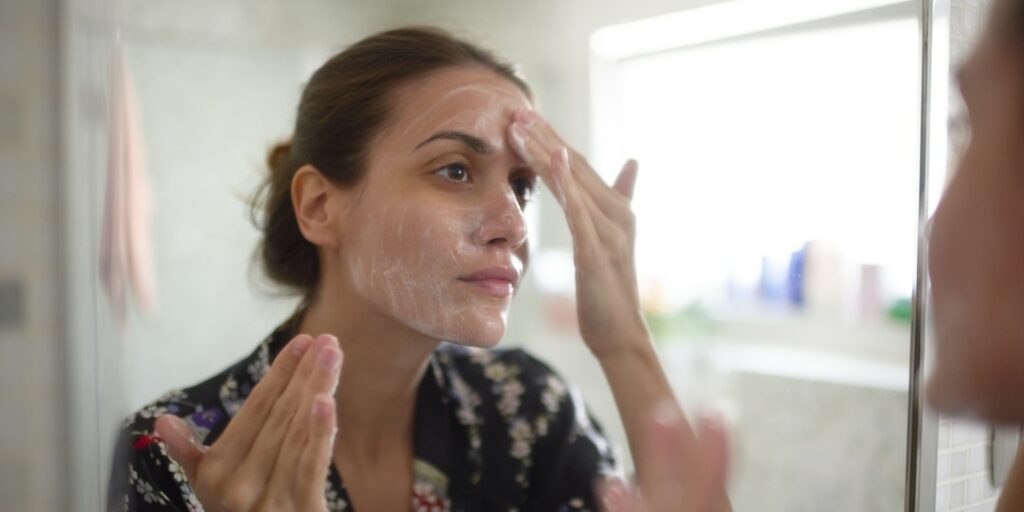
Choosing the right Makeup cleanser that complements your skin type is a pivotal aspect of an effective makeup removal and skin cleansing routine. It ensures that your skin is thoroughly cleaned without causing over-drying, irritation, or excess oiliness. Here are some pointers based on various skin types:
1. Oily Skin: If you have a skin type that leans towards being oily or prone to acne, consider a gel-based or foaming cleanser. These types of cleansers can proficiently dissolve excess sebum and makeup without depleting the skin’s natural moisture.
2. Dry Skin: For individuals with dry skin, cleansers with a creamy or lotion-like consistency are optimal. They incorporate hydrating ingredients that cleanse the skin softly while preserving its natural moisture equilibrium.
3. Sensitive Skin: For those with sensitive skin, it’s vital to pick a gentle, unscented cleanser. Micellar water or gentle milky cleansers can effectively eliminate makeup and purify the skin without provoking inflammation or redness.
4. Combination Skin: For those with a combination of oily and dry skin, a balanced gel or cream cleanser is suitable. These cleansers can proficiently get rid of makeup, oil, and impurities while maintaining skin hydration.
5. Mature Skin: For aging skin, a creamy cleanser infused with anti-aging elements like hyaluronic acid or peptides is an excellent choice. It aids in gently removing makeup and purifying the skin while offering anti-aging advantages.
Understanding your skin type and picking the appropriate cleanser is a vital step towards maintaining an efficient and beneficial skincare routine.
Conclusion
In conclusion, the benefits of a proper makeup removal and cleansing routine extend beyond the immediate satisfaction of fresh, clean skin. By diligently removing makeup and cleansing your skin, you’re investing in its long-term health and vitality. This routine helps to prevent the build-up of dirt and pollutants, reducing the risk of breakouts, premature aging, and skin irritation. It also promotes effective cell renewal, maintains skin hydration, and preserves the skin’s natural barrier function.
As a result, your skin is able to better absorb and benefit from your skincare products, leading to a healthier and more radiant complexion over time. Therefore, don’t underestimate the power of this foundational skincare step—makeup removal and cleansing are truly the unsung heroes of a successful skincare regimen.

